Optical three common problems <br> <br> a confirmation method, in the case of an electrical signal can not be received normally, we should take the following way to confirm the problem.
First confirm that all connections are correct, and then verify that all devices are powered. After confirming the above two points, if the monitor is still black, the fiber input is disconnected from the receiver, and the cable and power supply connections remain unchanged. When the fiber is disconnected, if the screen of the monitor is a snowflake, the optical connection of the fiber is normal before the fiber is disconnected. A screen with snowflakes usually means that the receiver is working properly, but it may not have received enough light signals. Connect the fiber again. If the screen turns black again, then the carrier output of the transmitter cannot be frequency modulated (that is, there is no video input signal) or there is a problem with the transmitter itself.
Check the video input process on the transmitter: Disconnect the signal source from the optical transmitter and then use a video cable to connect the signal source directly to the monitor. If the monitor is working, replace the optical transmitter. If the monitor is still blank with the fiber disconnected, you need to check that all connections to the monitor are correct. If there is no problem with all connections, try a different receiver or monitor.
If the video image has snowflakes, use an optical power meter to detect the light power entering the receiver. If the optical power meets the requirements of the receiver, the receiver may have problems. Try another for a receiver. If you still cannot solve the problem, try another transmitter. If the optical power of the receiver is lower than the nominal value, check the light output of the transmitter with an optical power meter and a fiber jumper. If the output meets specifications, there may be a problem with the fiber or optical connector. Wipe the optical connector and verify that the correct optical transmitter has been selected based on the type of fiber and the length of the connection. If the light output is still too low, replace the transmitter.
Second, the optical transceiver power is normal, but can not work properly, we can take the following ways to confirm the problem.
If the monitor is blank, data and camera control functions normally. You can remove the fiber from the optical port. If the screen is no longer black but there is snow, the optical connection may be good. Please confirm that the video BNC connection between the optical transceivers is intact. If the monitor screen has snowflakes (noise), data and camera control functions normally. This situation illustrates the problem with the light part. Remove the optical fiber from the transmitter's optical port, insert an optical fiber jumper, and insert the other end of the jumper into the optical power meter. If the reading does not agree with the indicator, there is a problem with the transmitter and it should be replaced. If the reading meets the specifications, inspect the connector and, if dirty, wipe it clean with isopropyl alcohol. Connect the original fiber to the transmitter's optical port. At the receiver, the above operation is also performed. The reading of the optical power meter must at least reach the minimum calibration value of the input energy of the receiver. If the reading is slightly lower, the fiber may be defective and should be replaced. If the reading is very low, the fiber optic cable may be damaged and should be replaced. If the reading is normal, there is a problem with the receiver and it should be replaced.
Third, if the video is normal but there is a problem with the control of the camera.
This shows that the optical fiber is good. When the attenuation of optical fiber increases, the loss of video will be greater than the loss of control data of the pan-tilt. Before transmitting the PTZ control signal, check the TD (Data Activity) LED on the receiver. The normal situation is when the data is transmitted, the light is always on, or it flashes following your operation. If this is not the case, and there is no problem with the electrical connection, the receiver may have problems and needs to be replaced.
When the control signal of the pan/tilt is sent to the transmitter on the other end connected to the optical fiber, the RD indicator light is on, or it flashes following your operation, and the electrical connection is correct, but the camera control still does not work , then there is a problem with the transmitter and it should be replaced. If the RD indicator does not light, there may be a problem with the transmitter or there may be a problem with the receiver.
Copper press fitting,Copper pipe fitting
Copper press fitting is a kind of up-to-date.healthy.eco-friendly and safe pipeline.
Suit Medium:Cold Water, Hot Water, Compressed Air, Gas, Oil Etc
Press tool: Novopresse
Proper temperature: -20°C up to 120 °C (for drinking system and sanitary ware systems), 180 °C for solar applications
Pressure: up to 1.6mpa (16bar)
Areas of use: Drinking water, heating, rainwater, solar systems, fire extinguishing systems, sprinkler systems(wet), ship building, inter gases, cooling water pipes, compressed air(oil free),boiler, water heater
Press fitting range:
Coupling -- Straight coupling FF press, Reducing coupler FF press, Fitting reducer MF press
Elbow -- Bend 90°FM press, Bend 90°FF press, Bend 45°FM press, Bend 45°FF press
Tee -- Equal tee FFF press , Reducing tee FFF press
Other fittings -- Endcap press, Full crossover FF press, Partial crossover FM press, wallplate Elbow press
Our Advantages
* Free sample: we can provide a few free sample for evaluation.
* After-sales service: we provide after-sales technical support for clients.
* Strict Quality control: we have 100% inspection before delivery to ensure every pieces are in good quality
Production and package
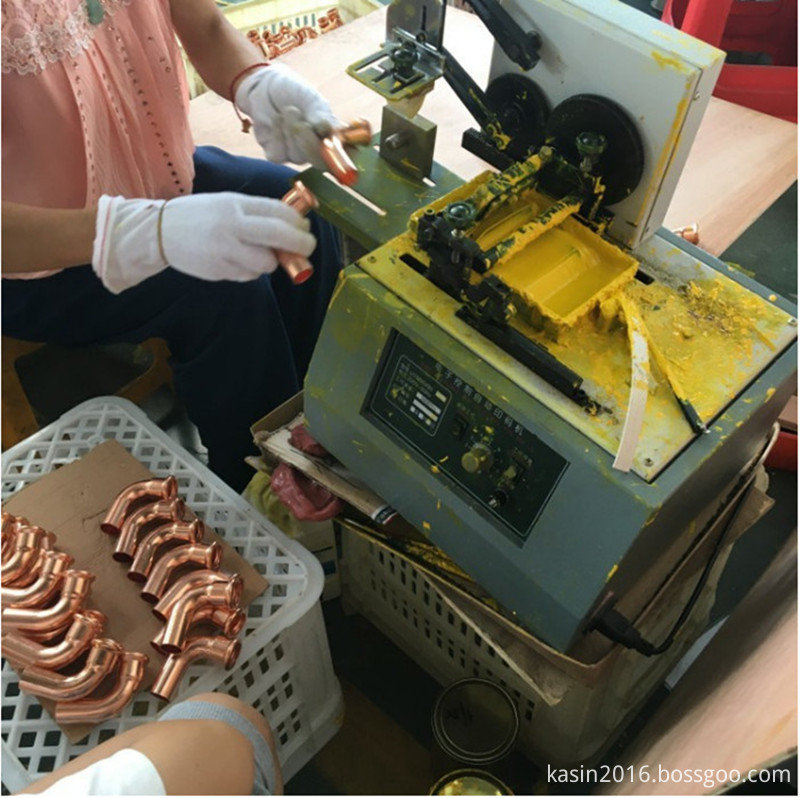
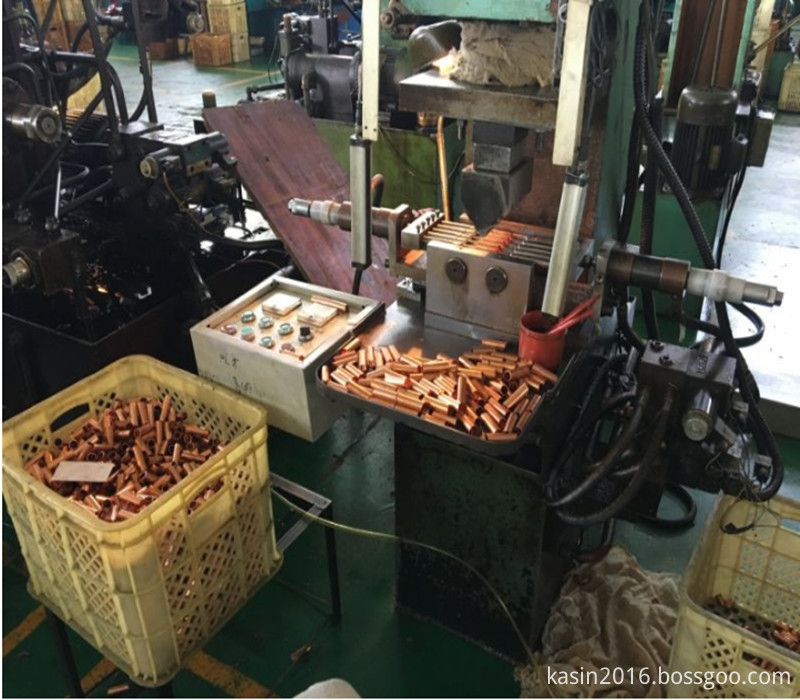
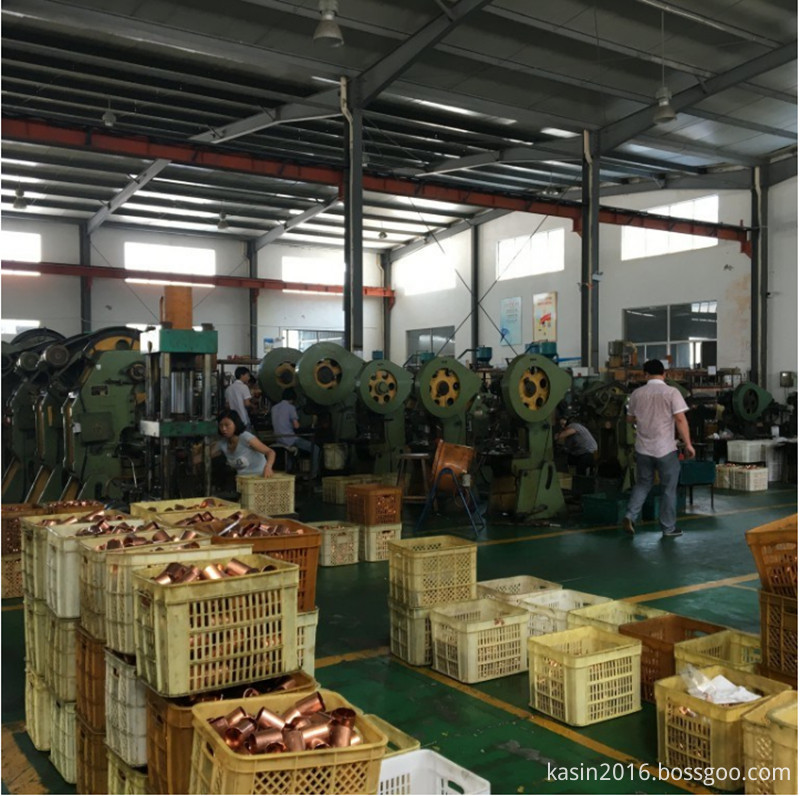

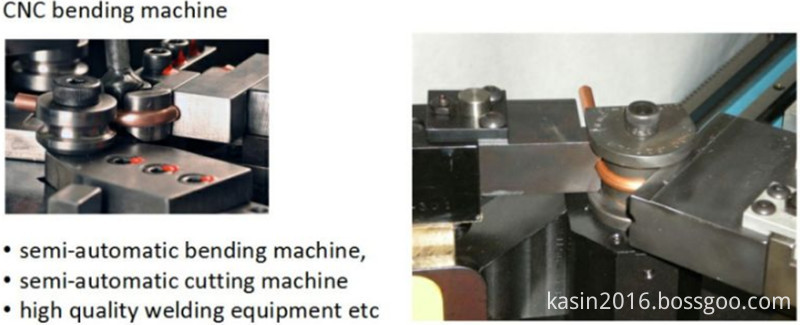
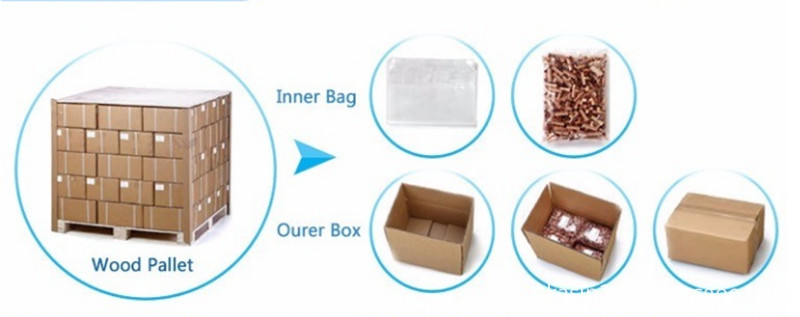
Factory
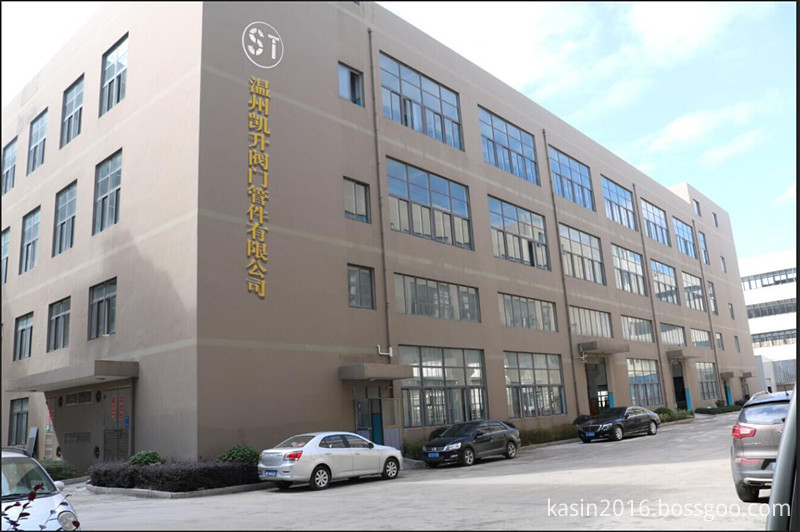
Copper Press Fitting(EN1254)
Copper Press Fitting,Copper Tee,Copper M-Profile Press Fitting,Copper V-Profile Press Fitting
WENZHOU KASIN VALVE PIPE FITTING CO., LTD. , https://www.kasinvalvefitting.com
![<?echo $_SERVER['SERVER_NAME'];?>](/template/twentyseventeen/skin/images/header.jpg)